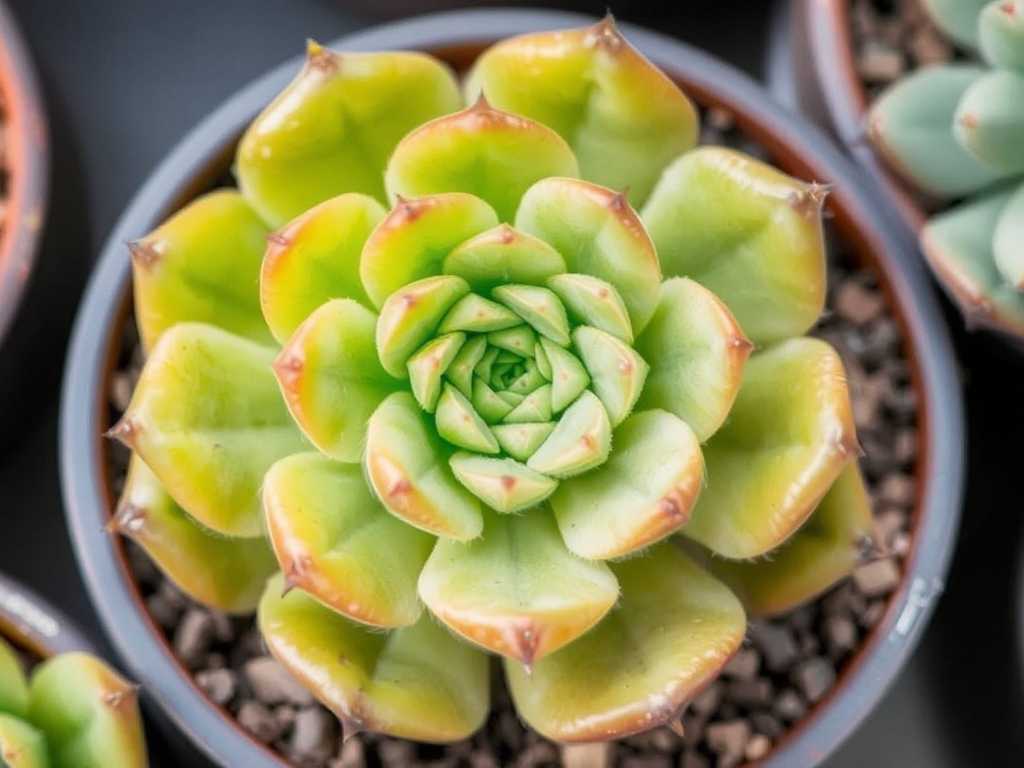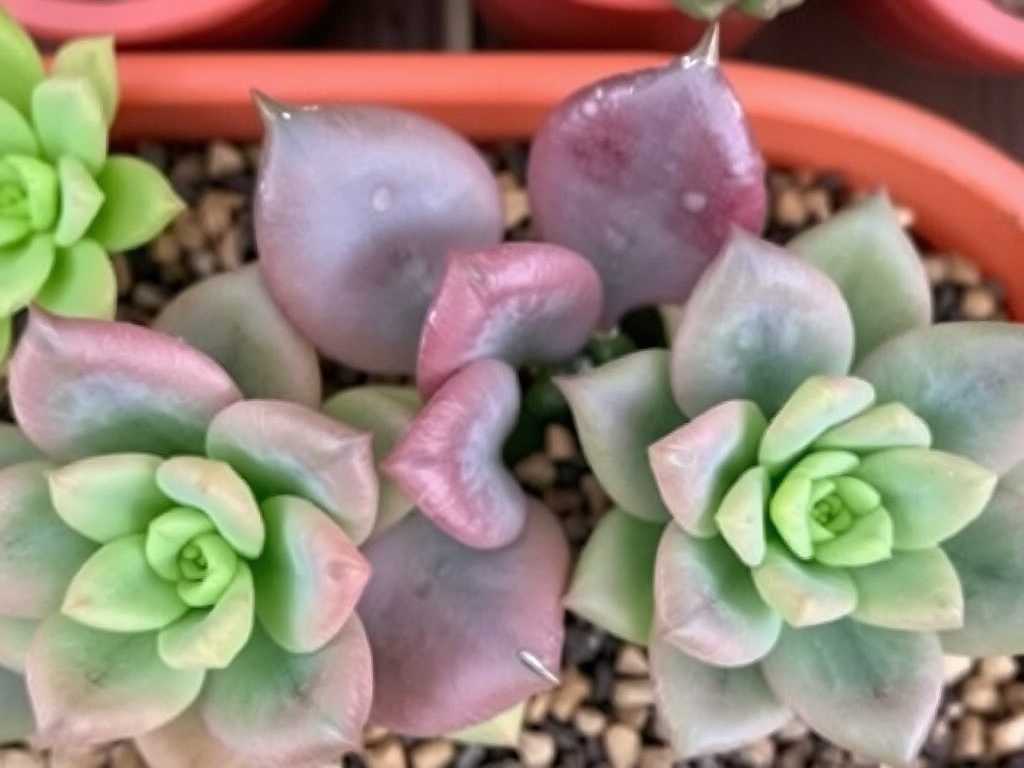Have you ever found yourself admiring a beautiful succulent collection, wondering how to distinguish between those adorable fuzzy-leaved plants? Two genera that often cause confusion among succulent enthusiasts are Cotyledon tomentosa and Pachyphytum oviferum varieties. Both feature charming, plump leaves that can appear somewhat similar at first glance, but they actually have distinct characteristics that make identification straightforward once you know what to look for.
Let's start with the famous Bear's Paw plant, scientifically known as Cotyledon tomentosa. This delightful succulent gets its common name from its unique leaf shape that resembles a bear's paw, complete with "claws" at the tip of each leaf. The most distinctive feature of Bear's Paw succulents is the fine, soft hairs that cover their chubby, green leaves, giving them a velvety texture that's irresistible to touch. These hairs serve as protection against harsh sunlight and help reduce water loss in their native South African habitat.
When examining Cotyledon tomentosa varieties, pay close attention to the leaf tips. Most varieties will have 3 to 10 small "teeth" or reddish-brown markings at the very end of each leaf, which are the "claws" that give this plant its characteristic appearance. The standard Bear's Paw has bright green leaves, but you might encounter the variegated form with creamy yellow stripes, or the less common Cotyledon tomentosa subsp. ladismithiensis, which features longer, more slender leaves with particularly prominent teeth.

Now let's turn our attention to Pachyphytum oviferum, commonly known as Moonstones or Sugar Almond Plant. Unlike the fuzzy Bear's Paw, Moonstones have smooth, powdery leaves that feel like touching a dusty peach. The leaves are typically rounder and more egg-shaped, ranging in color from pale blue-green to lavender-pink, often with a beautiful bluish bloom called farina that protects them from sunburn. This farina is delicate and shouldn't be touched, as it doesn't grow back once removed.
The growth habits of these two succulents also differ significantly. Cotyledon tomentosa tends to grow as a small shrub with multiple branching stems, while Pachyphytum oviferum typically forms compact rosettes that remain closer to the ground. If you're looking at a mature plant, Bear's Paw can eventually reach up to 20 inches tall with proper care, whereas Moonstones usually stay under 6 inches in height but can spread wider over time.
Flower appearance provides another excellent identification clue. Cotyledon tomentosa produces bell-shaped, orange-red flowers on tall stalks during spring and summer, while Pachyphytum oviferum blooms with small, inconspicuous greenish-white or pinkish flowers that emerge from the center of the rosette.
For those interested in less common varieties, there are several cultivars worth knowing. The Cotyledon tomentosa 'Variegata' features stunning cream and green striped leaves, sometimes with pink edges when stressed by sunlight. Among Pachyphytum oviferum varieties, you might find 'Pink Moonstones' with particularly rosy-colored leaves, or the hybrid 'Pachyveria glauca' which combines traits of both genera.
When it comes to care requirements, both plants appreciate bright, indirect light and well-draining soil, but they have different tolerances for direct sunlight. Bear's Paw can handle more direct sun thanks to its protective hairs, while Moonstones need protection from intense afternoon sun to prevent damage to their delicate farina coating. Watering needs are similar - both prefer the "soak and dry" method where the soil completely dries between waterings.

Leaf texture remains the most reliable quick identification method. If the leaves feel fuzzy or velvety, you're likely looking at a Cotyledon tomentosa variety. If they feel smooth with a powdery coating and have that distinctive egg-like shape, you've probably found a Pachyphytum oviferum type. The presence or absence of "claws" at the leaf tips provides additional confirmation.
Understanding these differences becomes particularly helpful when you're plant shopping or trying to identify mystery succulents in your collection. Both make wonderful additions to any succulent garden or indoor plant display, each bringing their unique charm and characteristics. With practice, you'll be able to distinguish between these two popular succulent genera at a glance, impressing fellow plant enthusiasts with your identification skills.
Whether you're drawn to the fuzzy paws of Cotyledon tomentosa or the smooth, pastel beauty of Pachyphytum oviferum, both offer rewarding growing experiences for succulent lovers of all levels. Their distinctive appearances make them standout plants in any collection, and now you have the knowledge to confidently tell them apart and provide the specific care each one deserves.






发表评论